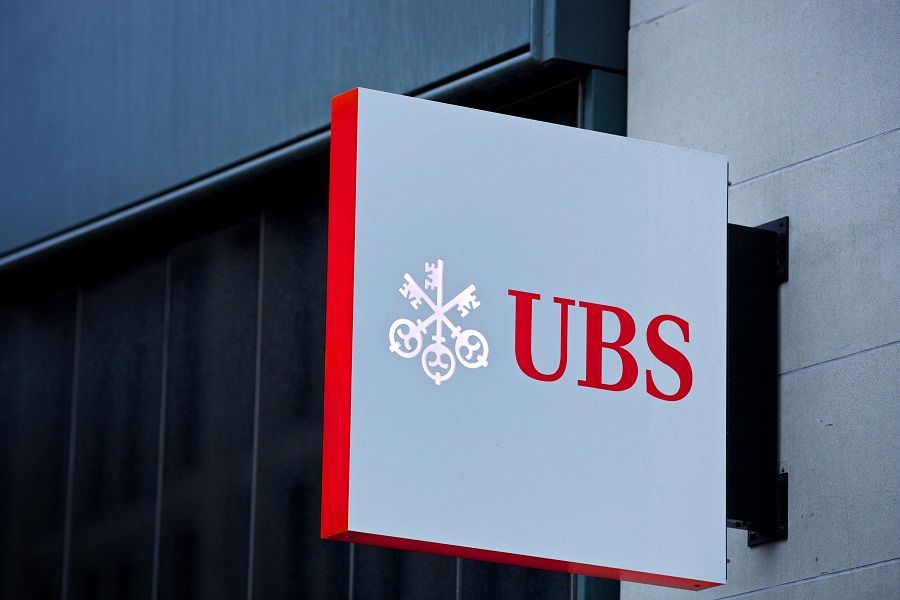Managed futures’ performance fees lurk in loophole
Mutual funds aren't allowed to charge hedge-fund-style performance fees, but some managed-futures funds are taking advantage of a…
Mutual funds aren't allowed to charge hedge-fund-style performance fees, but some managed-futures funds are taking advantage of a loophole.
Because managed-futures funds that use multiple hedge fund managers do so through offshore entities, those entities aren't technically considered “subadvisers” and, therefore, are able to charge performance-based fees. In some cases, they may run as high as 35% of the managers' profits during any year.
Those fees often are applied above and beyond the mutual funds' stated expense ratio and are poorly disclosed to investors.
“A lot of these managed-futures funds are like black boxes,” said Peter Disch, managing member of Disch & Associates LLC. “You don't know what's going on or who's getting paid to do what.”
Nadia Papagiannis, an alternatives analyst at Morningstar Inc., agrees.
Because performance fees are deducted from the funds' net asset value, it is almost impossible to discern what is being charged, she said.
“You're never going to know how much you're actually paying the underlying managers,” Ms. Papagiannis said.
Even the Investment Company Institute, the main trade group for the fund industry, acknowledged that there are “a small minority” of investment companies that use a “commodity-trading-adviser structure” and don't reflect those fees in their fee tables.
“We strongly endorse transparency of fees for all investment companies that invest in derivatives, regardless of structure,” Rachel McTague, a spokeswoman for the ICI, wrote in an e-mail.
Not all managed-futures funds use multiple hedge fund managers. Some, such as AQR Capital Management, use their own proprietary methodology and managers, and others, such as Direxion Funds and WisdomTree Investments Inc., track an index of managed-futures hedge fund performance.
There are 11 managed-futures funds that invest through an off-shore entity and together they hold 35% of the category's $7 billion in assets. It is these that financial advisers need to be particularly careful with when it comes to fees.
Consider, for example, the Princeton Futures Strategy Fund (PFFNX). It has an expense ratio of 2.2% before the performance fee, which could go as high as 35%, according to its prospectus.
Greg Anderson, chief investment officer at Princeton Fund Advisors LLC, said that the firm routinely brings up the performance fees when talking to clients and that it focuses on returns net of fees.
Then there is the $1 billion Altegris Managed Futures Strategy Mutual Fund (MFTAX). It includes as part of its 3.86% expense ratio the performance fees it paid last year.
There is just one hitch. Its performance fee is subject to change, based on performance.
“To the extent that the SEC permits that type of disclosure, we have done what we think is a good job of disclosing these fees,” said Matt Osborne, managing director at Altegris Advisors LLC.
REGULATORS STEP IN
The loophole in the funds' structure could be gone in 2013, thanks to new rules from the Commodity Futures Trading Commission. The CFTC voted this month to require mutual funds that invest in commodities futures to register with it, as well as the Securities and Exchange Commission, by the end of the year.
“PROFOUNDLY AFFECTED’
“Managed-futures funds are going to be profoundly affected by the new rules,” said Matthew Kerfoot, a partner at law firm Dechert LLP.
Having two regulatory bodies watching over the funds is going to cause additional compliance headaches, but what should be of most interest to investors is the additional disclosures that the CFTC requires, he said.
The CFTC has more extensive disclosure rules than the SEC does. It would require commodity pools, such as the ones that managed-futures funds invest in, to disclose their holdings and expenses, including performance fees, on a monthly basis.
It also would force the funds to include a “break-even analysis” that charts how much the fund needs to return to make up for the fees being charged.
Altegris would welcome the additional disclosures and the firm has always erred on the side of more disclosure, Mr. Osborne said.
Managed futures, along with other alternatives, took center stage during the financial crisis of 2008 when they held up as traditional asset classes fell around them.
The average managed-futures strategy had a return of more than 15% in 2008; the S&P 500 fell about 37%.
There was only one fund on the market in 2008.
That has grown to 27, and 10 more funds are in registration with the SEC, according to Strategic Insight.
The focus on fees is crucial for managed-futures investors because the diversification benefits are inherent in the strategy, Ms. Papagiannis said.
“The momentum tracked by the funds is a market phenomenon,” she said. “Some managers may add alpha, but it's usually best to just go with the lowest cost.”
Managed-futures strategies use quantitative methods to go long or short equities, commodities and currency contracts, based on momentum trends. The strategy has a historically low correlation with stocks and bonds, which is what most advisers seek, rather than performance.
“We liked that in 2008, it was one of the only things that went up,” said Chad Carlson, a wealth manager at Balasa Dinverno Foltz LLC.
LOWER COSTS
“But the cost of the funds knocked it off the radar for us. As the costs come down, it starts to make a lot more sense,” Mr. Carlson said.
The WisdomTree Managed Futures ETF (WDTI), which Mr. Disch uses, has an expense ratio of 0.95%, the lowest of any managed-futures option.
On the mutual fund side, the AQR Managed Futures Strategy (AQMNX) charges 1.25% and no performance fees, the lowest of any managed-futures mutual fund. It does have a $1 million investment minimum.
The Direxion Indexed Managed Futures Strategy (DXMAX) has an expense ratio of 1.45% and a $2,500 minimum.
Learn more about reprints and licensing for this article.




